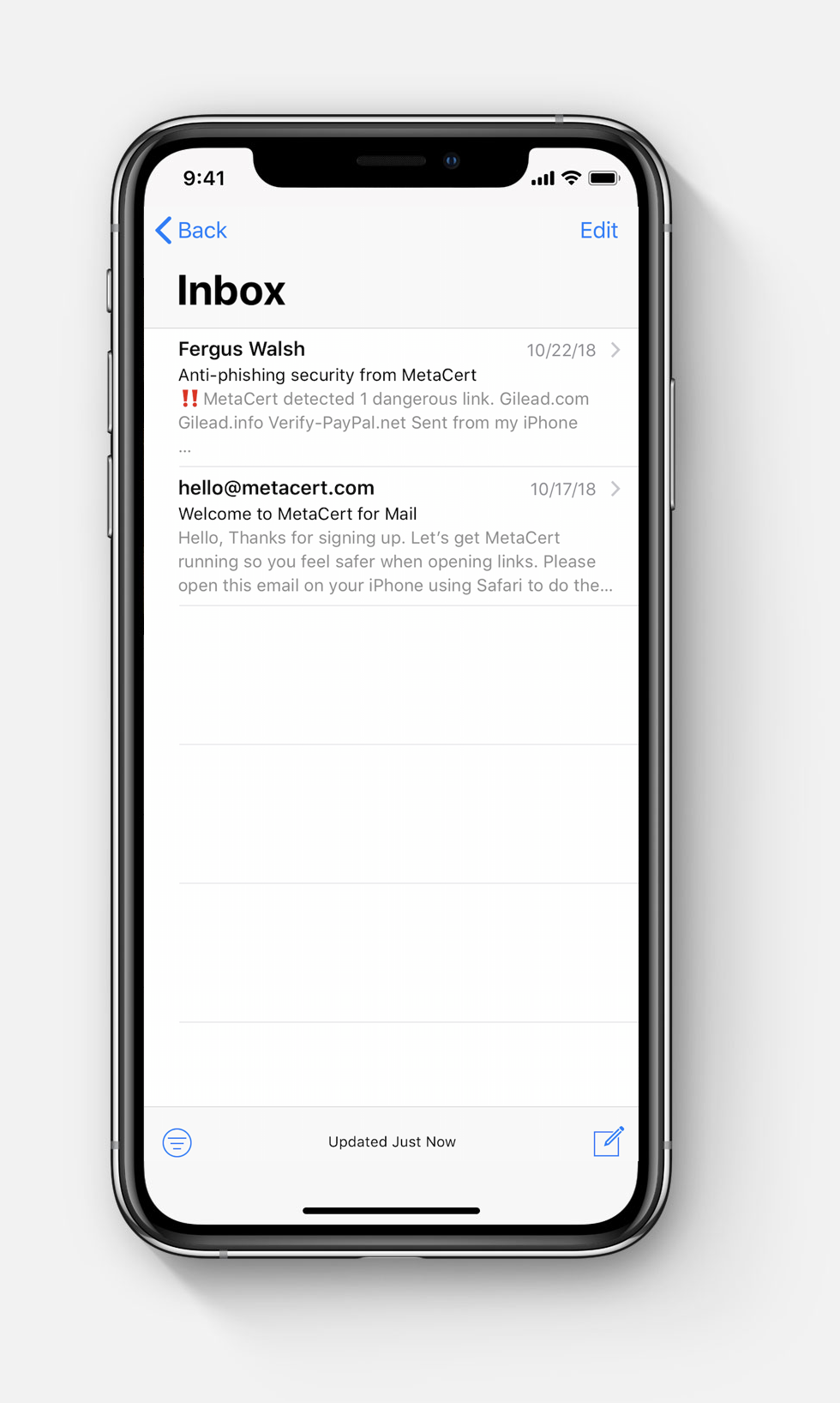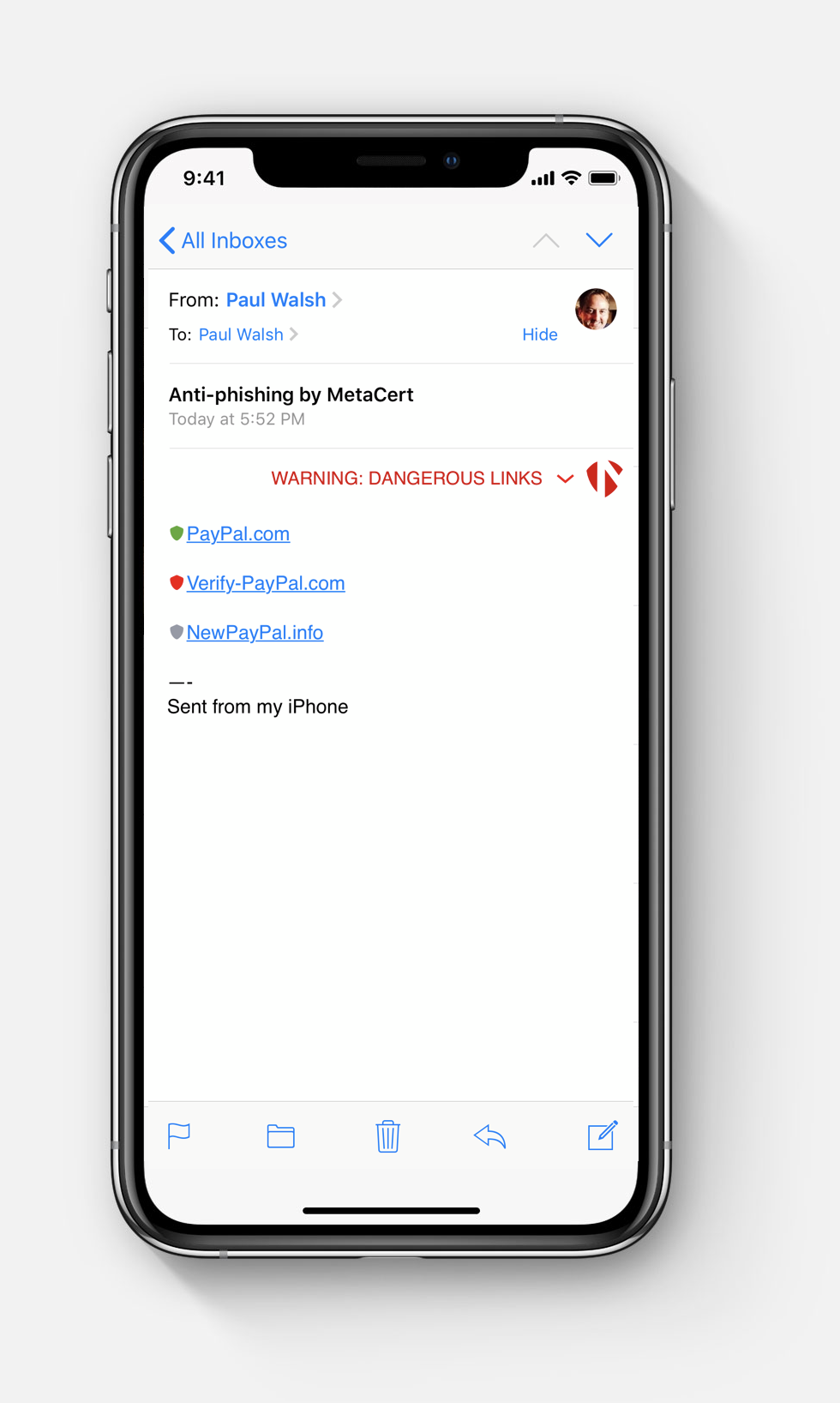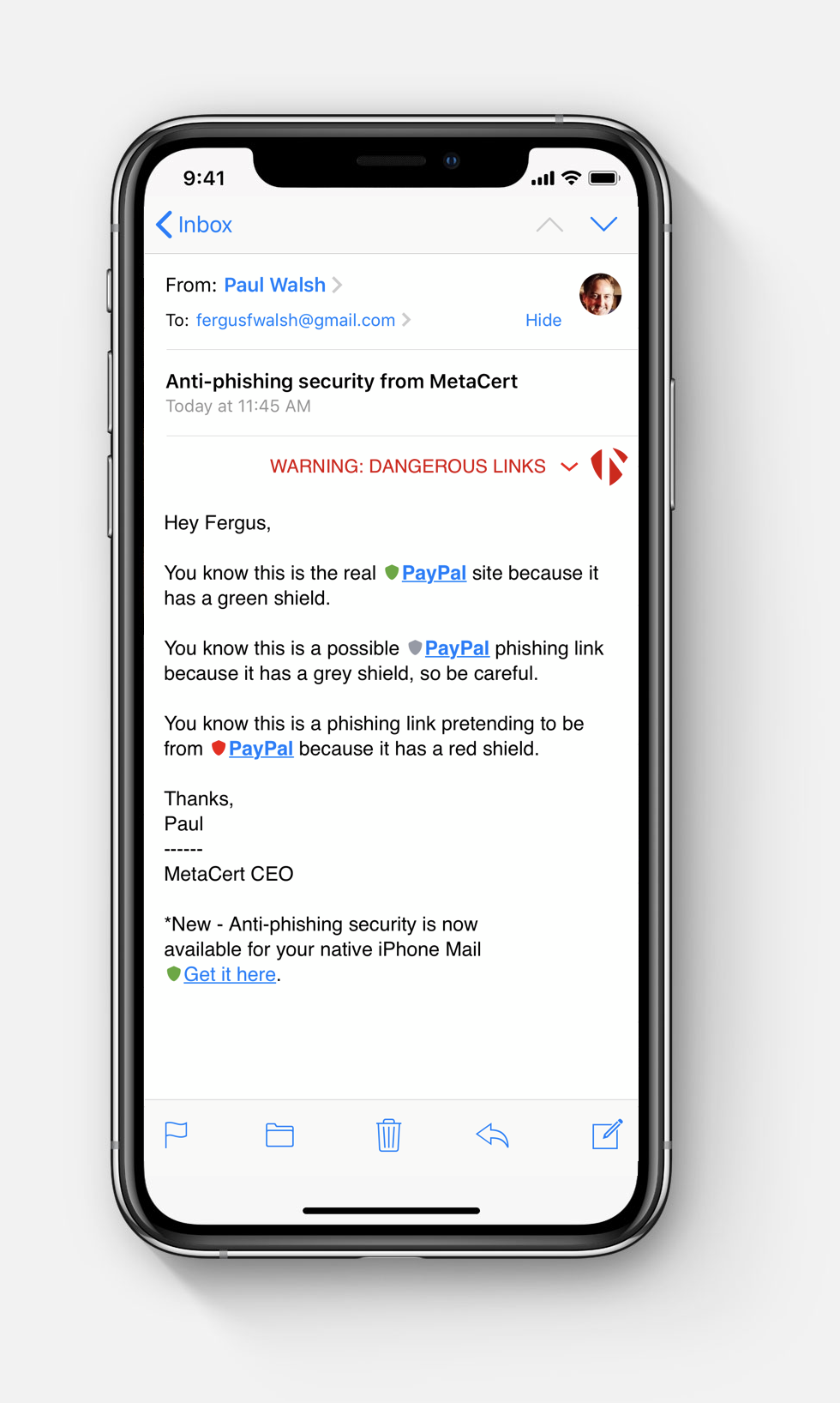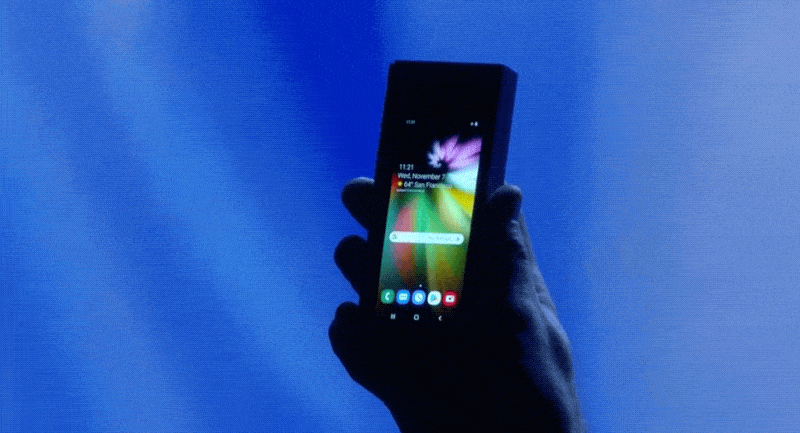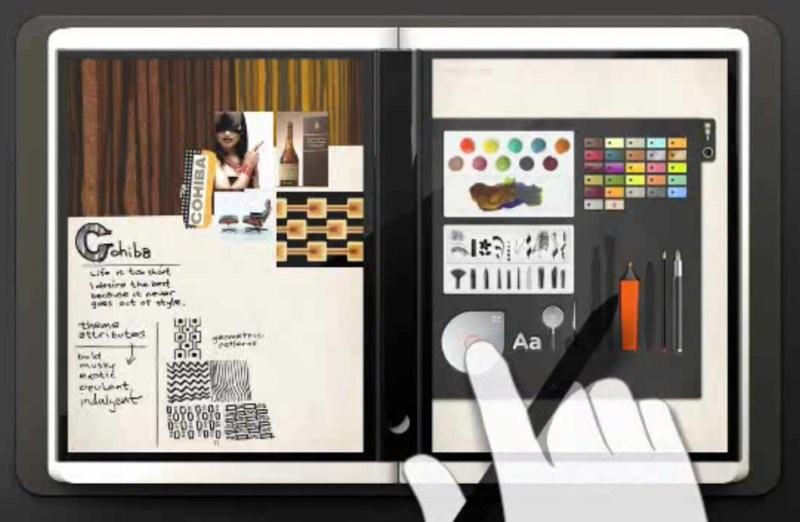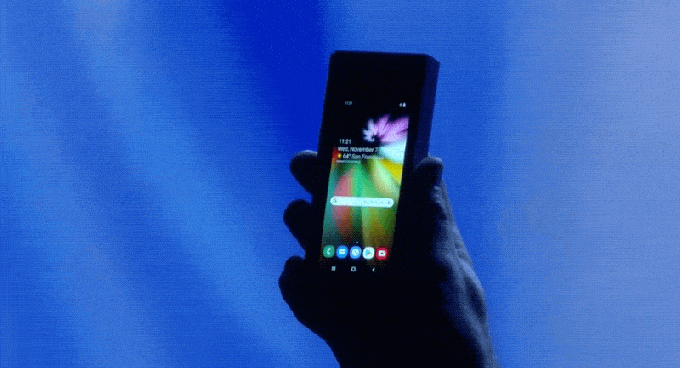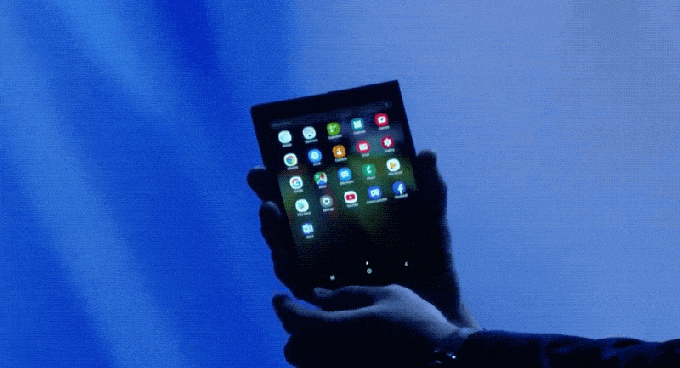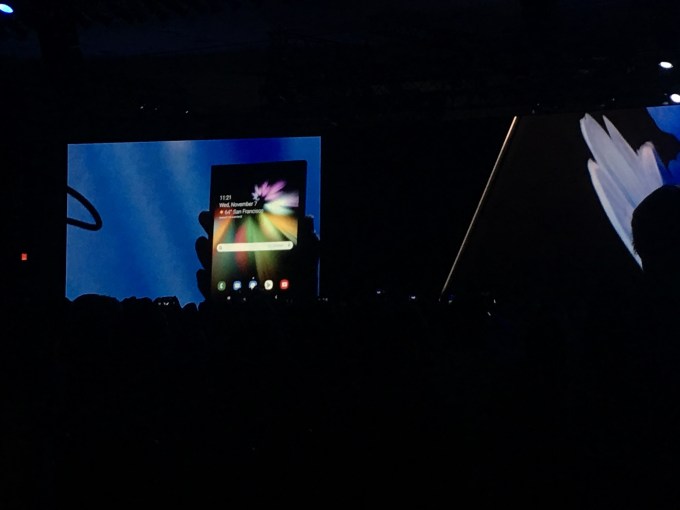You’d be forgiven if Royole doesn’t ring any bells. Even here China, it’s far from a household name. Still, the Shanghai-based startup recently secured an undisclosed Series E, vaulting its valuation to an apparent $5 billion, up from $3 billion in late 2016.
Founded in 2012, Royole’s best-known release was a wearable cinema display. That changed last month, however, when it surprised the industry by announcing the imminent arrival of the FlexPai, a flexible screen smartphone that appears on track to to beat the Samsung Galaxy X to market.
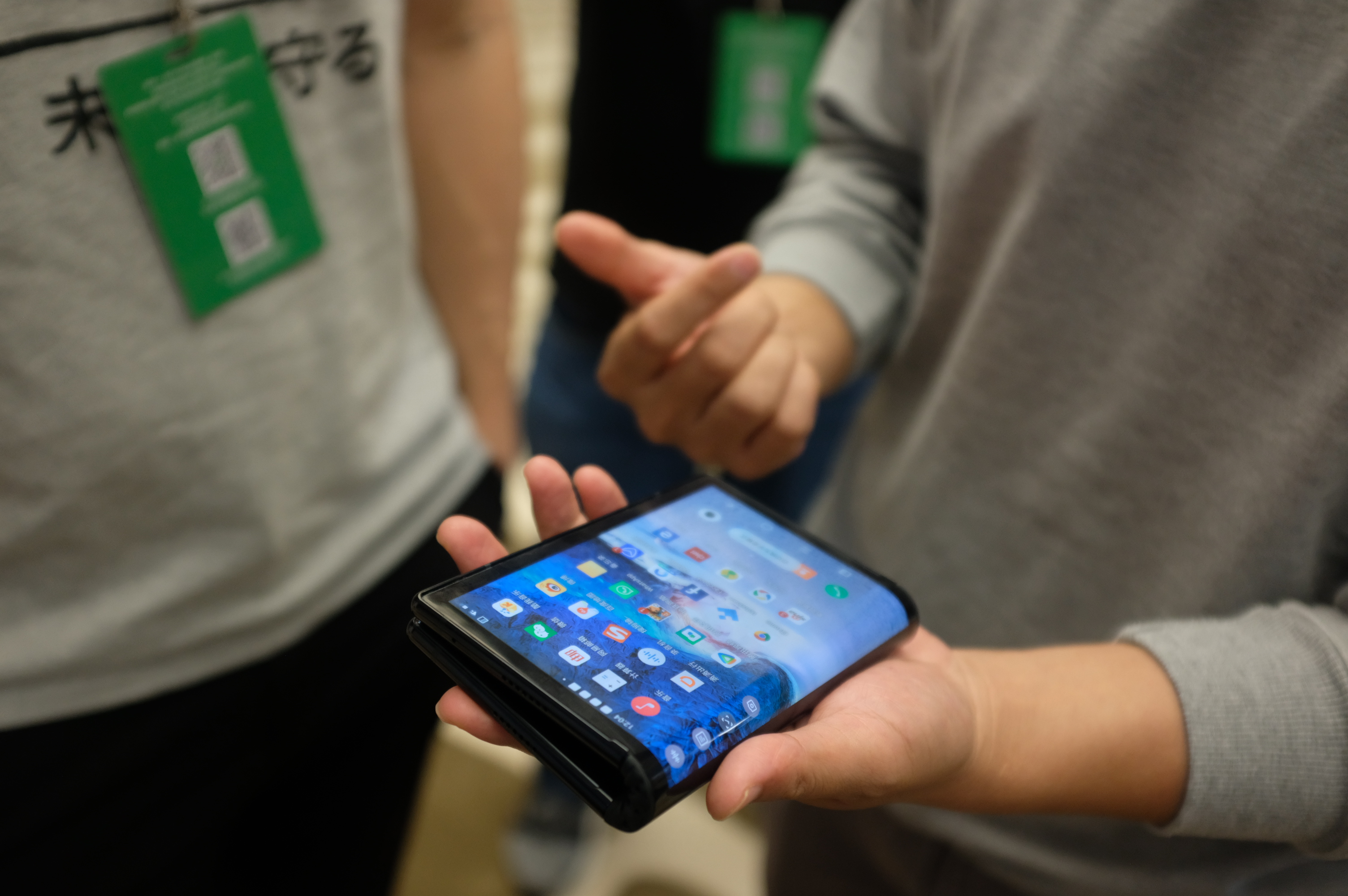
The FlexPai’s anticipated December release seemingly came out of nowhere. Like competitors, Royole had shown off its proprietary folding technology as part of a standalone demos, but it hadn’t teased the arrival of a smartphone until the device was ready to ship. It’s a far cry, certainly, from the not ready for prime time prototype Samsung marched out on stage last month.
At an event in Shenzhen, CEO Bill Liu told TechCrunch that the company was built around the desire to bring the technology to market. “We started from the flexible displays and flexible sensors,” he explained. “We started the company with a focus on the flexible displays and sensors. And then along the way, we realized this could be a huge application for the technology.”
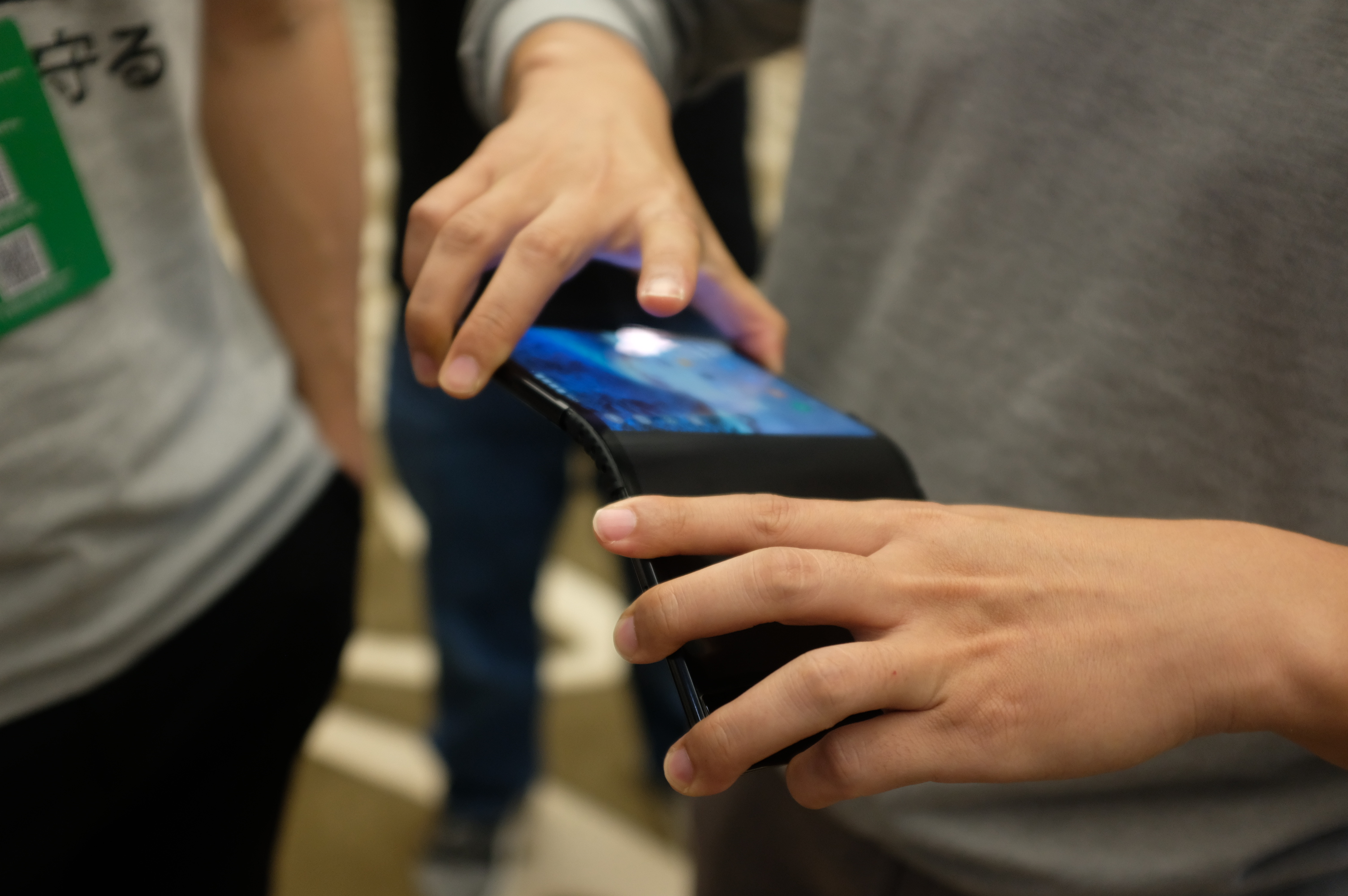
A foldable smartphone was simply the first product that made sense for the underlying tech. With development dating back a half-dozen year, Royole was the first to achieved the industry’s long standing goal of delivering a foldable screen — beating even the massive Samsung to market.
Being first isn’t always a blessing in this industry, but it’s an impressive feat, nonetheless. The FlexPai is real. I can’t speak to the scalability of the product, until it actually starts shipping out next month, but I can attest to the fact that at least one of the things exists in the world. I held it in my hands. I folded it. It worked.
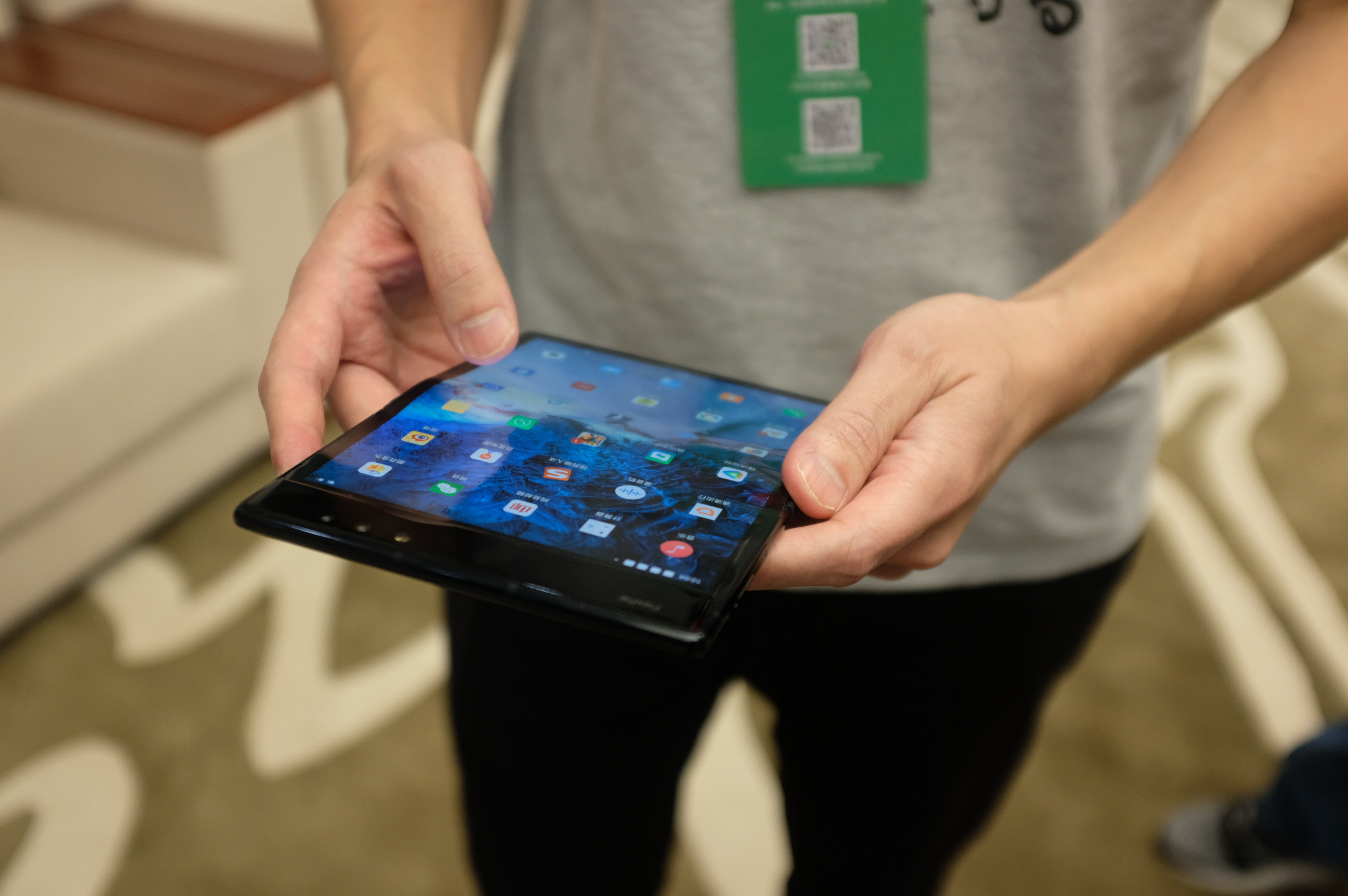
It’s a difficult problem and Royole solved it with in-house technologies. No one can take that away from the company. I can’t say my initial apprehensions were ultimately dissuaded, however. The FlexPai mostly works as desired, but the execution isn’t what ultimately the kind of premium product one would expect, given the ultra-premium price tag (around $1,300 American).
Liu happily dropped the phone a couple of times on stage, in an attempt to put to rest any durability question. While the display ultimately didn’t crack or scratch, the flexible material looks almost like cellophane and sports crinkles that catch the light — the clarity also leaves something to be desire.
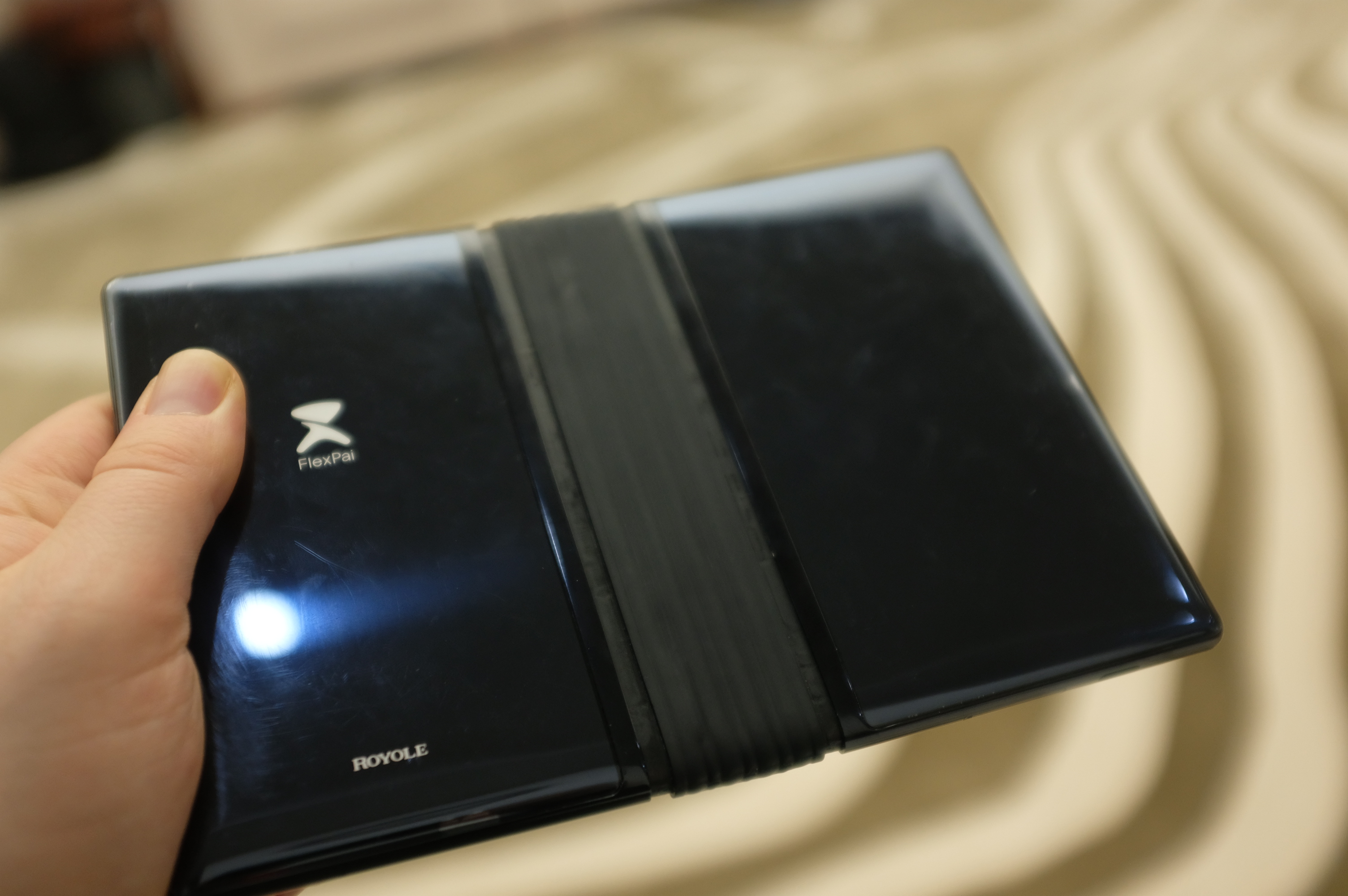
As far as portability, it’s true that you can fold it up and stuff it in your pocket, though it’s pretty chunky when you do so. Ultimately, these are first generation products — and likely a result of a company pushing to be first to market, knowing full well that companies like Samsung were breathing down its neck.
Royole sees potential to license the technology out for other categories. “Right now for the smartphone industry, we haven’t done any licensing,” said Liu. “For industrial applications like automotive or media, we do have customers. We sell the licenses to them, and we’ve already sold a lot of licenses.”
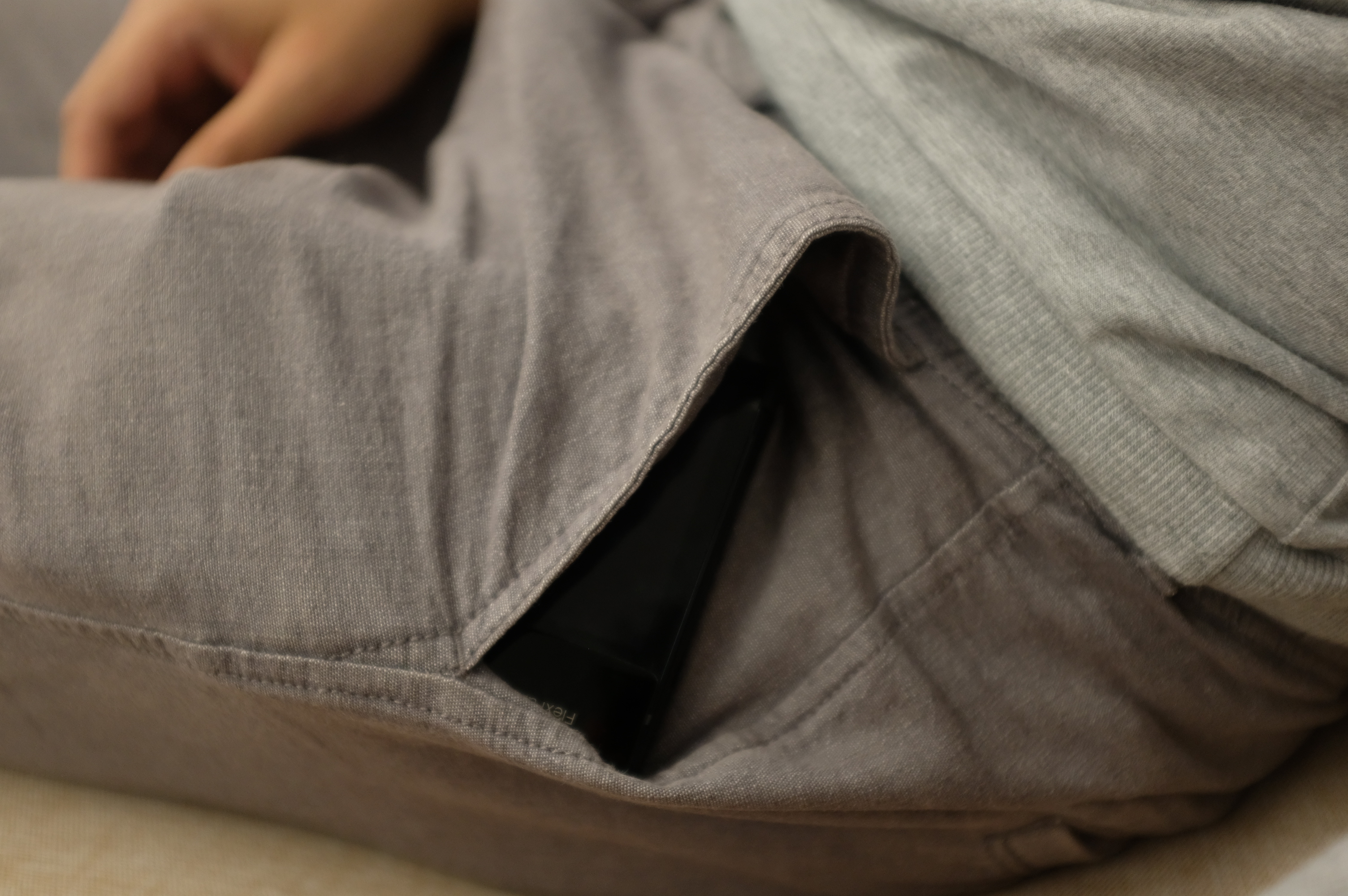
The company will also be working with developers to create content for the new form factor, with a $30 million program it launched last month. The Chinese version is due out in December.
[gallery ids="1748404,1748425,1748424,1748423,1748422,1748421,1748420,1748419,1748418,1748417,1748416,1748415,1748414,1748413,1748412,1748411,1748410,1748409,1748408,1748407,1748406"]
from blogger-2 https://ift.tt/2TprmAI
via
IFTTT
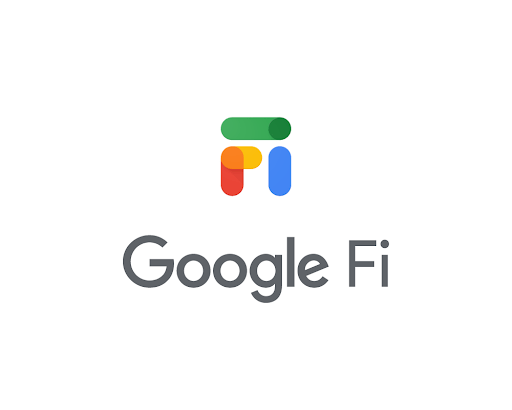 That’s changing today, though. The company is opening up Fi — and renaming it to Google Fi — and officially expanding device support to most popular Android phones, as well as iPhones. Supported
That’s changing today, though. The company is opening up Fi — and renaming it to Google Fi — and officially expanding device support to most popular Android phones, as well as iPhones. Supported 




